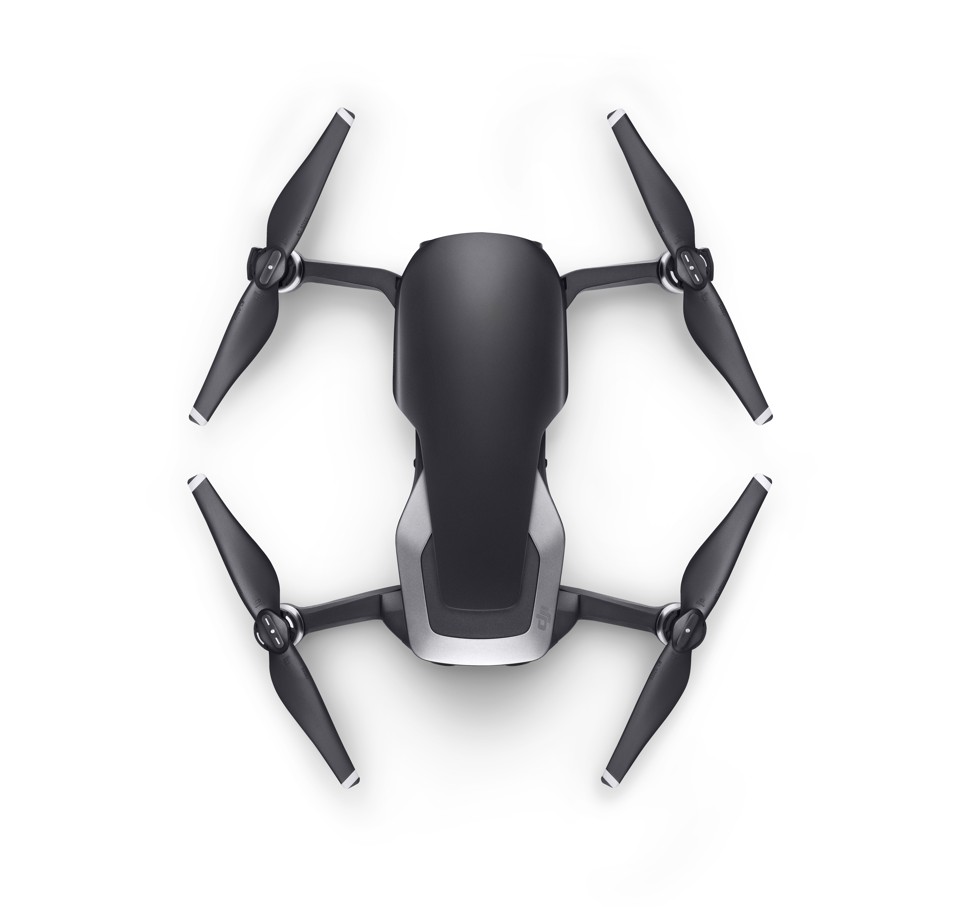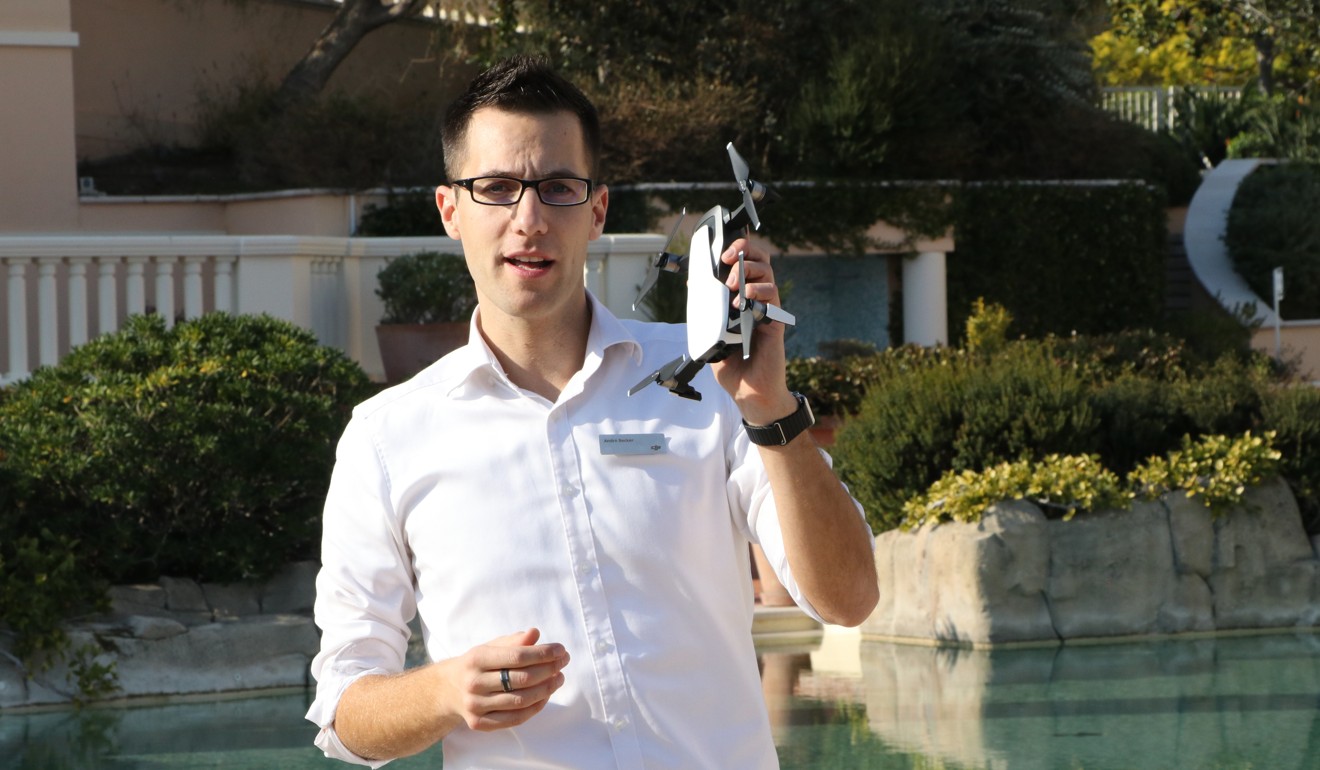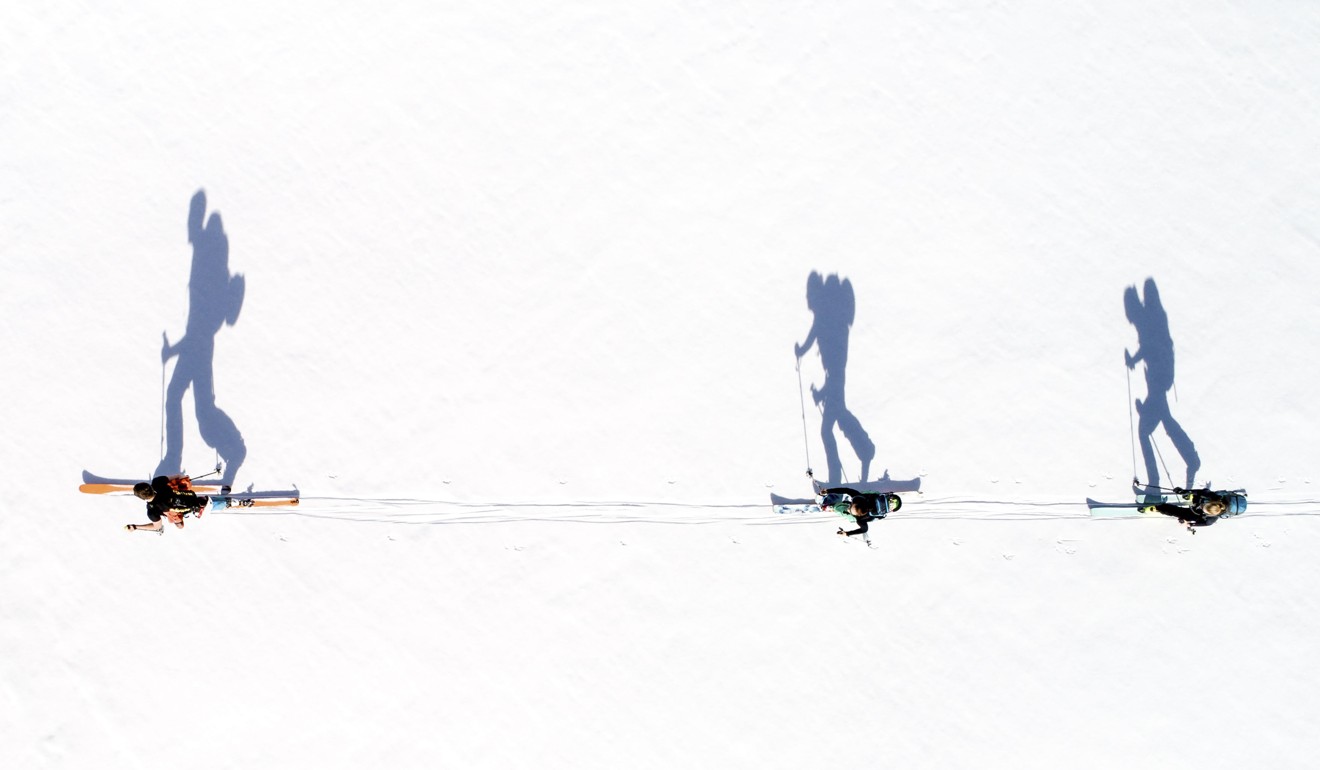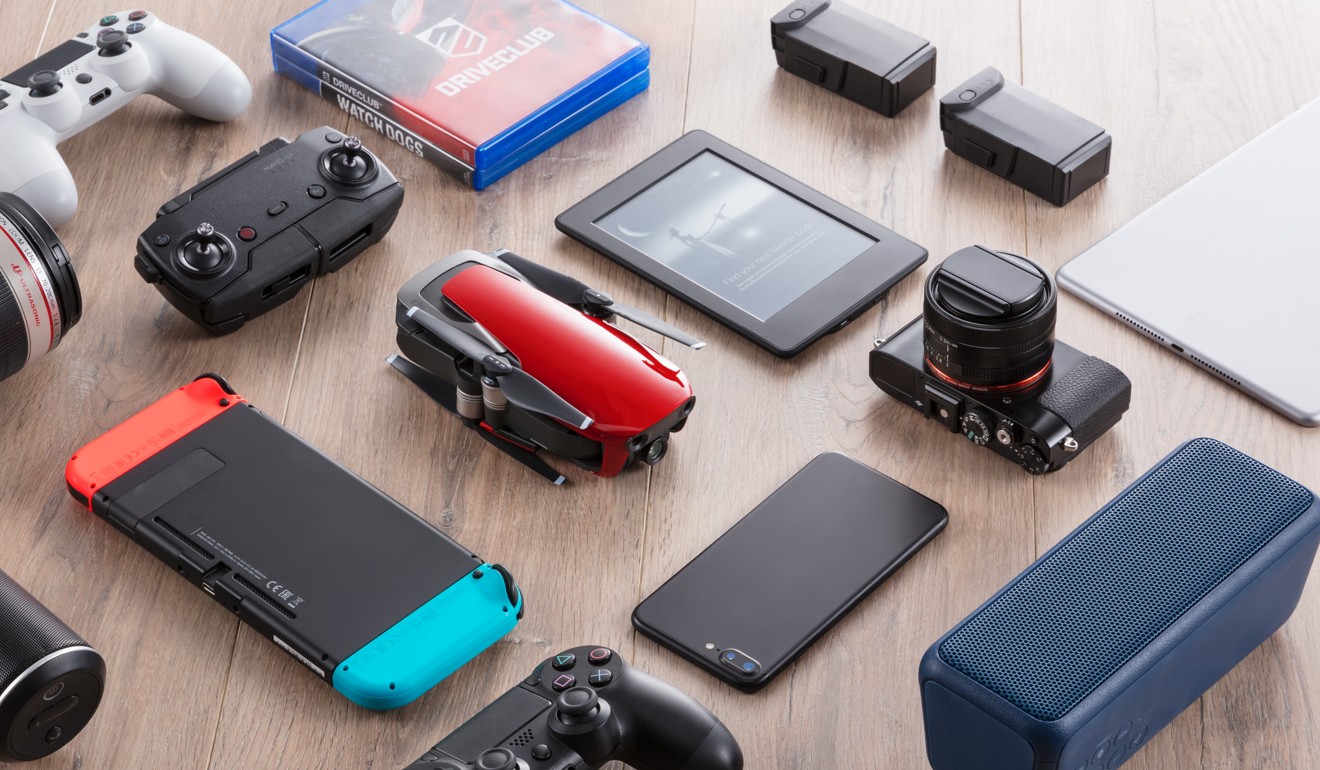
Follow me drones for travel: should you really take one on your next trip?
Drones are banned at the Statue of Liberty and at an increasing number of tourist attractions. But with DJI’s new ‘follow me’ model offering unique photo and tracking modes, are travel drones becoming an unstoppable trend?
Do you travel the world followed by a small flying robot? You could do soon if any of the latest miniaturised “travel drones” come your way.
Small drones with a “follow me” mode that track users’ movements to produce unique aerial selfies are becoming increasingly popular, promising to capture travellers’ surroundings with the minimum of user input.
A bird’s-eye view of Hong Kong’s crowded high-rises in local photographer’s Walled City series
Chinese drone maker DJI, market leader in the civilian drone market, has just announced a new model: the Mavic Air. Selling for US$799/HK$6,298 and weighing just 430g, the drone can be launched and controlled using simple hand gestures. It films video in 4K resolution and takes 12-megapixel photos, tracking objects on its own.

The drone also takes the “follow me” feature to new heights. There is a “rocket” mode where it hovers in front of you before racing upwards for an aerial view; an “asteroid” mode that sees it race towards you from afar; and a “sphere” mode that films you in a 180-degree panorama.

“A drone can be taken to any travel destination where someone would take a traditional camera, and it gives a completely new perspective from the air,” says Andre Becker, product manager EMEA at Chinese drone maker DJI.

But while drones might provide tech-savvy travellers with incredible footage, are they suited to busy tourist hotspots? Several tourist attractions – including New York’s Statue of Liberty and virtually all ski resorts in the US – have banned drones.

“There is an increasing trend to ban their use in holiday destinations, which can often lead to disappointment and the temptation to use them in breach of local laws,” says drone expert Robert Garbett, founder of the Drone Major Group.

Garbett explains that the overriding concern is privacy, though reactions can vary depending on who is perceived to be using the drone. “People generally have more confidence in professional licensed users, with fears of invasion of privacy vanishing when they realise that the operator is simply doing their job.”
Other professional drone operators share that opinion and fear that irresponsible amateurs could give the device a bad name.
“It could be a problem if lots of tourists start travelling with drones, but to get good drone footage you really need to avoid other people,” says experienced drone operator Nicol Craig at Edinburgh-based Ear Trumpet Media, which produces videos for the tourism industry.

“When I want to use a drone, I get to a location very early in the morning before anyone else arrives; if I want to film myself snowboarding, it’s always off-piste, and well away from other people,” Craig adds.
Sensible and successful drone use is about preparation, including getting the permission of landowners, Craig adds. Never assume, always check – that, he says, is the first rule of flying anything.

Drone users can keep up to date with changing laws around the world using an app called DroneMate, which is available on Android and iOS.
But are “travel drones” now an unstoppable trend? Video-upload websites such as travelbydrone.com give you an idea of many people use them and how beautiful the results can be. It’s no wonder that the tourism industry itself has embraced drones as a way of marketing destinations.

“As long as there are travellers looking to capture and share their experiences, there will always be a place for travel drones,” Becker says.
Garbett believes that holiday destinations are unlikely to ever be inundated with private drones being used to take selfies.
Stunning drone photography of Hong Kong attracts global attention
But those still worried about their bucket-list experience being ruined by the buzz of a hovering drone can take comfort in how short most flight times are: the Mavic Air can only fly for 21 minutes before needing a recharge.

